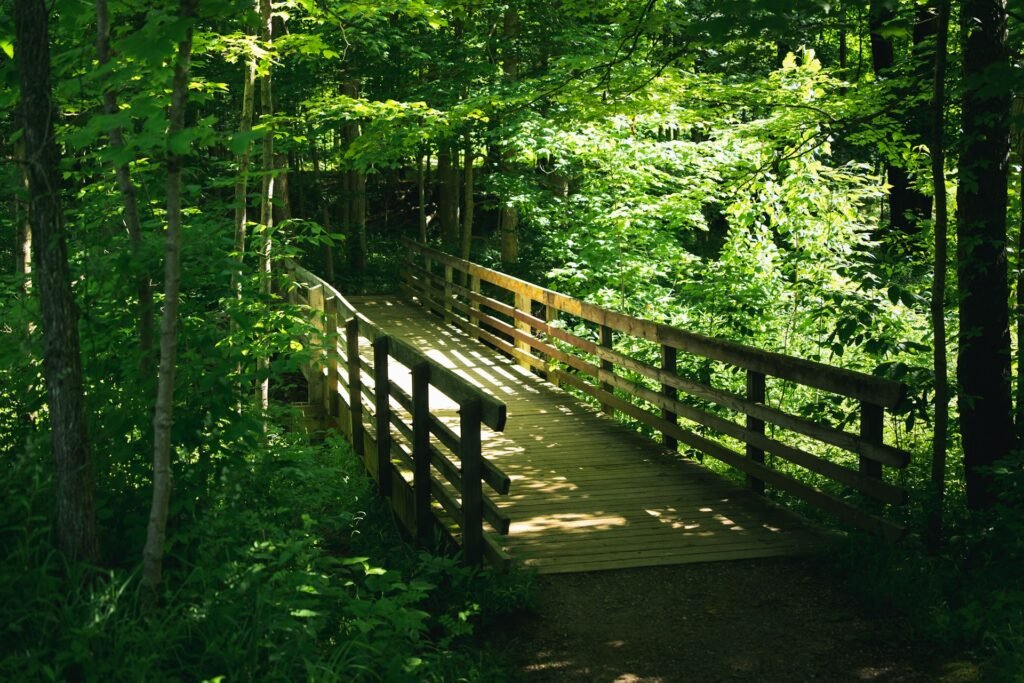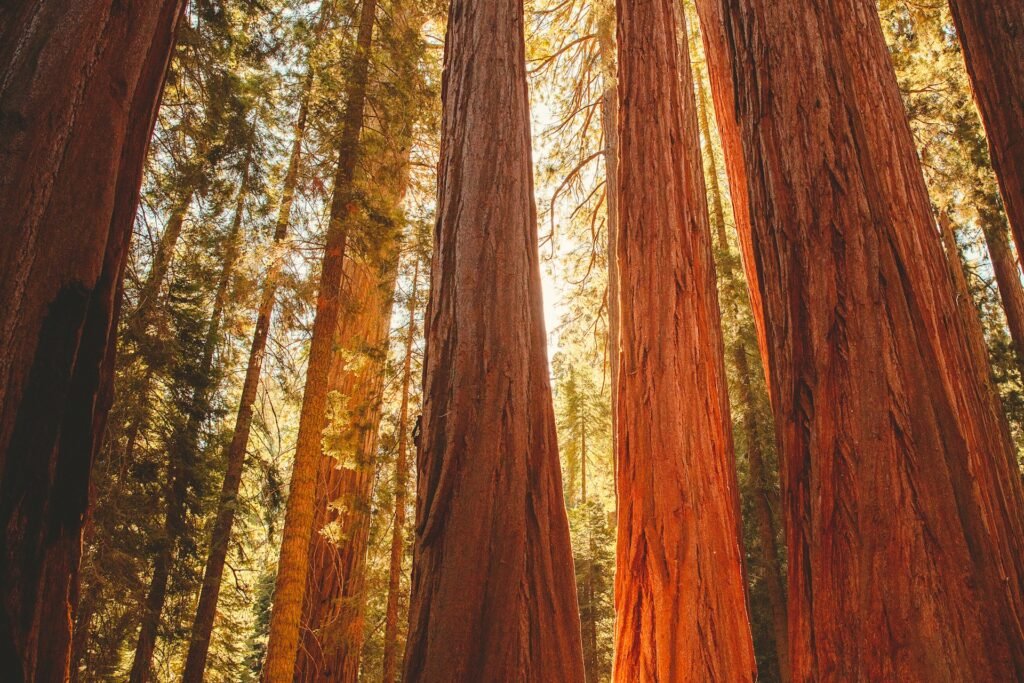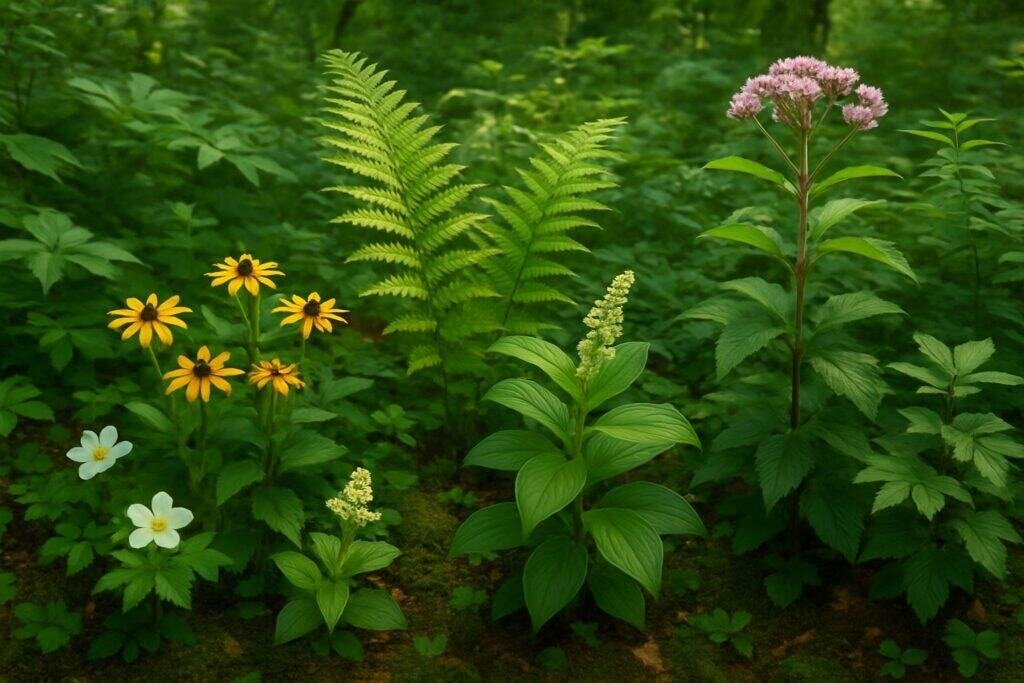Embracing the natural heritage of the Buckeye State, a garden filled with plants native to Ohio not only reflects the region’s unique beauty but also supports its ecological well-being. By choosing these indigenous species, gardeners can create vibrant habitats that mirror the wilds of Ohio’s prairies, woodlands, and wetlands. These plants have evolved to thrive in the local climate and soil conditions, making them an ideal choice for a sustainable and flourishing garden ecosystem.
Whether you’re a seasoned horticulturist or a budding green thumb, incorporating Ohio native plants into your landscape is a rewarding endeavor. This guide aims to help you identify and cultivate these local treasures to enhance your garden’s aesthetic and ecological value. From the stunning spring blossoms of the redbud to the fiery autumn leaves of the oak, Ohio’s native flora offers a year-round spectacle that nurtures local wildlife and conserves the state’s natural heritage.
The Significance of Cultivating Ohio Native Plants
By fostering plants native to Ohio, gardeners play a crucial role in preserving the state’s diverse ecosystems and the wildlife that depends on them.
Enhancing Local Biodiversity
Native perennials set deep roots in Ohio’s soil, creating a foundation that bolsters the web of life. These resilient species offer sustenance and shelter, enriching the biodiversity that is essential for a balanced environment.
Benefits for Pollinators and Wildlife
Native perennials like the purple coneflower attract bees and other pollinators, serving as vital components of a pollinator garden. They provide a rich source of nectar and pollen, supporting the survival and health of beneficial insects and wildlife.
Native Plant Sustainability and Adaptation
The purple coneflower exemplifies the resilience of Ohio’s native species, adapting to local conditions and flourishing with minimal intervention, thus contributing to sustainable gardening practices.

Iconic Ohio Native Shrubs for a Vibrant Landscape
Ohio’s native shrubs offer not only drought tolerance and vibrant yellow flowers but also serve as host plants for various species. They thrive in partial shade and moist soil, their flower clusters buzzing with activity as they attract bees and other pollinators. Utilizing a plant finder can reveal these shrubs as keystone species for the National Wildlife Federation, particularly during the spring and early summer blooming period.
Winterberry Holly – Ilex verticillata for Winter Interest
The Winterberry Holly, thriving in partial shade, provides a critical food source for wildlife during the sparse winter months. In spring, it is discreet nectar and pollen-rich flowers attract a myriad of pollinators, which gardeners can easily identify using a plant finder.
Spicebush – Lindera benzoin as a Butterfly Magnet
With its early spring bloom, the Spicebush’s yellow flowers are a beacon for butterflies, signaling the return of life to the waking landscape of Ohio.
Dogwood Varieties – Cornus spp for Year-Round Appeal
Dogwood varieties, noted for their drought tolerance, provide a haven for native bees and other beneficial insects, enhancing the ecological tapestry of Ohio gardens.
Ninebark – Physocarpus opulifolius for Texture and Color
The Ninebark’s captivating flower clusters emerge in late spring, their blossoms painting the landscape with swaths of color and texture, as flowers are produced in abundance.
Buttonbush – Cephalanthus occidentalis for Wet Areas
Adorning wet areas with its distinctive flower clusters, the Buttonbush is a favorite among native plants for creating a lush, water-infused oasis.
Selecting Native Plants for Different Light Conditions
When selecting native plants like the purple coneflower, it’s important to consider the light conditions they will thrive in, ensuring a healthy and vibrant garden suited to Ohio’s varied environments.
Native Plants Thriving in Full Sun
Native plants suited for full sun are key to a lively garden, with species like the purple coneflower standing out for their adaptability and allure.
Bee Balm – Monarda fistulosa
Bee Balm, native to North America, showcases lavender flowers that attract butterflies and hummingbirds, making it a staple in sunny Ohio gardens.
Butterfly Weed – Asclepias tuberosa
As a host plant, Butterfly Weed is crucial for soil moisture regulation and serves as a lifeline for monarch and queen butterflies, contributing to their lifecycle and migration.
Choices for Partial Sun or Dappled Shade
Ohio gardens with partial sun or dappled shade can become havens of color and life by incorporating plants native to Ohio that flourish under these conditions. These areas offer unique opportunities for biodiversity, as they can support a variety of plants that provide food and shelter to beneficial insects and birds. By choosing the right native perennials, gardeners can create a thriving ecosystem that requires less maintenance while still offering a stunning display.
Sweet Joe Pye Weed – Eupatorium purpureum
Sweet Joe Pye Weed is a majestic addition to any Ohio native garden, particularly suited for partial shade. Its tall, purple-flushed stems and whorls of upturned pink flowers become a focal point by late summer. This joe pye weed is a host plant that attracts butterflies, providing nectar to beneficial pollinators and adding height and interest to the natural landscape.
Wild Geranium – Geranium maculatum
The Wild Geranium, with its delicate violet flowers and lush green foliage, is a perfect choice for Ohio gardens with light shade. This native perennial boasts a generous blooming period in spring, offering early sustenance to pollinators. The wild geranium’s resilience and beauty make it a favorite among gardeners looking to enhance their shaded retreats with color and life.
Shade-Loving Native Plants
Shade-loving native plants are essential for creating a layered and textured garden in Ohio’s shaded areas. These plants are adapted to thrive with minimal sunlight, often under the canopy of larger trees or on the north side of buildings. Their presence can enrich the soil and provide critical habitat for woodland creatures, while also contributing to a serene and lush garden aesthetic.
White Wood Aster – Aster divaricatus
The White Wood Aster is an underappreciated gem ideal for the shaded areas of an Ohio garden. Its starry white flowers add brightness to the understory and can create a stunning flower border even in low light. The wood aster’s ability to attract bees and butterflies makes it a valuable plant for supporting local ecosystems and enhancing biodiversity.
Tall Bellflower – Campanula americana
For those looking to attract butterflies, the Tall Bellflower stands out with its tall thin spikes adorned with tubular flowers. These blooms are magnets for butterflies and bees, bringing movement and vitality to the garden. Thriving in the shade, this Ohio native adds vertical interest and a touch of the wild to any landscape.

Seasonal Highlights Among Ohio’s Native Flora
Ohio’s native plants offer a symphony of seasonal highlights, each bringing its unique contribution to the garden’s year-round appeal. From the vivid hues of spring to the rich tapestry of autumn, these plants are choreographed by nature to provide continuous interest and support to the local wildlife throughout the year.
Spring Bloomers and Early Pollinator Supporters
Spring in Ohio is welcomed by the emergence of native perennials, which play a critical role as early supporters of pollinators. These early bloomers are crucial in providing nectar and pollen to bees and other insects as they awaken from their winter dormancy. A well-planned pollinator garden can offer a succession of blooms to sustain these beneficial pollinators from spring through fall.
Summer Color: Vibrant Flowers and Foliage
Summer in Ohio is a time when gardens burst with vibrant flowers and lush foliage. Adding native plants to the landscape ensures a display that is not only visually stunning but also drought-tolerant and adapted to local conditions. These plants often require less water and care, making them a smart choice for eco-conscious gardeners.
Fall Showstoppers: Foliage and Berries
As the days shorten, Ohio’s native flora transitions to the warm colors of fall. Plants native to Ohio provide a food source for wildlife, offering food and shelter as they prepare for winter. The foliage and berries that characterize this season are not only essential for local fauna but also create a spectacular visual display for gardeners to enjoy.
Winter Interest: Bark and Persistent Structures
Even in the quiet of winter, Ohio’s native plants can offer interest with their distinctive bark and persistent structures. These features stand out against the snow, providing visual appeal during the colder months. They also continue to serve as important habitats, offering protection to wildlife when food is scarce.
Where to Find and How to Grow Ohio Native Plants
Gardeners in Ohio have a wealth of resources at their fingertips for finding and growing native plants. With the right knowledge and tools, it is possible to cultivate a garden that not only thrives but also contributes positively to the local ecosystem. Learning where to source plants and how to care for them is the first step in this rewarding journey.
Sourcing Native Plants Locally
For those in Northeast Ohio and beyond, sourcing native plants from local nurseries and plant sales is a sustainable choice. These plants are more likely to thrive, as they are already adapted to the region’s climate and soil conditions. Local sources can also offer valuable advice on planting and care, ensuring success in the garden.
Tips for Planting and Maintaining Native Species
When planting and maintaining native species, it is important to consider soil moisture, light requirements, and the natural habits of the plants. Many Ohio native plants are deer-resistant and require minimal intervention once established. Properly caring for native plants means less work for the gardener and more time to enjoy the natural beauty of Ohio’s flora.
Designing a Pollinator-Friendly Garden With Native Plants
Designing a pollinator-friendly garden with Ohio native plants is an excellent way to support the environment while enjoying the beauty of nature. By selecting plants that attract butterflies and bees, gardeners can create a vibrant and dynamic garden. Beneficial pollinators are essential for a healthy ecosystem, and a thoughtfully designed garden can play a significant role in their conservation.
The Ethical Gardener’s Responsibility
As stewards of the land, gardeners must nurture their environment responsibly. Ethical gardening in Ohio means making informed choices that support the local ecosystem. This involves selecting plants native to Ohio, understanding the local wildlife needs, and employing practices that minimize environmental impact. By doing so, gardeners not only create beautiful spaces but also contribute to the health and sustainability of their surroundings.
Avoiding the Spread of Invasive Plants
Invasive species can outcompete Ohio native plants, disrupting local habitats and ecosystems. Ethical gardeners take care to avoid these aggressive plants and instead focus on cultivating native perennials that support the ecosystem. The National Wildlife Federation offers resources to identify invasive species and suggests alternatives that are beneficial to the environment, ensuring that gardeners are equipped to make choices that help rather than harm their local landscapes.
Promoting Eco-Friendly Gardening Practices
Eco-friendly gardening goes beyond choosing the right plants; it encompasses a holistic approach to tending gardens. This includes using organic fertilizers, implementing water conservation methods, and creating habitats for beneficial pollinators and wildlife. By embracing such practices, gardeners play a crucial role in building a sustainable environment that thrives with diversity and life, setting a standard for ethical gardening in Ohio.

Engaging With the Community and Resources
Collaboration and learning are key to successful gardening with Ohio native plants. Gardeners can enhance their knowledge and contribute to their community by joining local native plant societies. These organizations offer a wealth of information, networking opportunities, and events that encourage the sharing of best practices and the celebration of the local flora.
Conclusion: Cultivate Your Own Native Paradise
Embracing Ohio’s native plants allows you to foster a slice of natural paradise that resonates with the local ecosystem. By planting Monarda fistulosa, you create a haven for beneficial insects, while ensuring that cardinal flowers bloom with vibrancy in your garden. These native perennials, along with others, thrive in diverse habitats such as wet meadows, and their upturned pink flowers add a unique charm to your landscape.
Incorporating multiple species not only enhances visual appeal but also ensures that a variety of plants attract a plethora of wildlife, supporting the Ohio Department of Natural Resources’ mission to conserve local biodiversity. The blazing star, with its captivating spires, exemplifies the beauty and resilience of Ohio’s indigenous flora. By cultivating such native treasures, you contribute to a sustainable future, inviting nature’s harmony into your own backyard.


